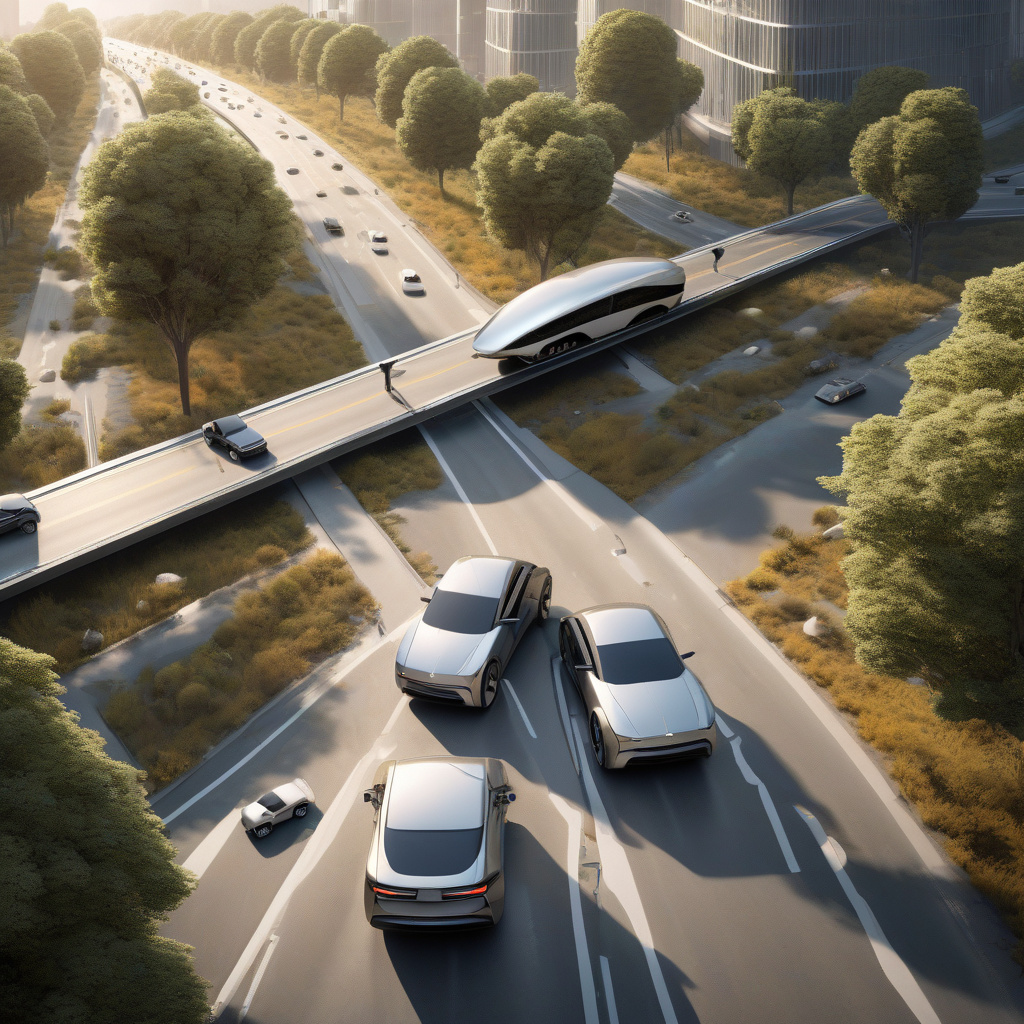Autonomous Vehicles and the Vision of Safer Roads for Wildlife
Wildlife crossings and roadways often intersect, creating dangerous situations for both animals and humans. From rural highways to urban edges, the unpredictable movement of wildlife poses a significant threat to road safety. Traditional vehicles driven by humans are often unable to react quickly enough to avoid collisions with animals crossing the road.
However, the emergence of autonomous vehicles brings a new ray of hope for safer roads for both wildlife and humans. These vehicles are equipped with advanced sensors and artificial intelligence that can detect and respond to unexpected obstacles on the road, including animals. By leveraging real-time data and predictive algorithms, autonomous vehicles can anticipate the presence of wildlife and adjust their speed and trajectory to avoid accidents.
One key advantage of autonomous vehicles in this context is their ability to communicate with each other through Vehicle-to-Everything (V2X) technology. This means that if one vehicle detects wildlife crossing the road, it can instantly share this information with other nearby autonomous vehicles, enabling them to take preemptive measures to ensure safe passage for the animals.
Moreover, autonomous vehicles can be programmed to slow down or stop when approaching known wildlife crossing areas, reducing the risk of collisions and providing a safer environment for both animals and drivers. By incorporating geospatial data and mapping technology, autonomous vehicles can also proactively avoid routes that are known to have high wildlife activity, further minimizing the chances of accidents.
In addition to enhancing road safety, autonomous vehicles offer environmental benefits by reducing the number of wildlife-related accidents, which can have devastating consequences for local ecosystems. By mitigating the impact of road infrastructure on wildlife populations, autonomous vehicles support biodiversity conservation efforts and promote coexistence between humans and animals.
As technology continues to evolve, the vision of safer roads for wildlife through autonomous vehicles is becoming increasingly achievable. By harnessing the power of innovation and sustainability, we can pave the way for a future where roads are not only safe for humans but also protect the precious wildlife that shares our planet.
In conclusion, the integration of autonomous vehicles into our transportation systems holds great promise for creating a harmonious coexistence between humans and wildlife on the roads. By prioritizing safety, sustainability, and innovation, we can work towards a future where accidents involving wildlife become a thing of the past, thanks to the vision of safer roads brought to life by autonomous vehicles.
Remember, technology is not just about progress—it’s about creating a better world for all beings that call this planet home.
—
The article was created for a professional audience proficient at a B2 level of English, focusing on IT, technology, and software development. It integrates keywords related to autonomous vehicles, road safety, wildlife conservation, and innovation. The content provides insights into the benefits of autonomous vehicles in mitigating wildlife-related accidents and promoting environmental sustainability.

